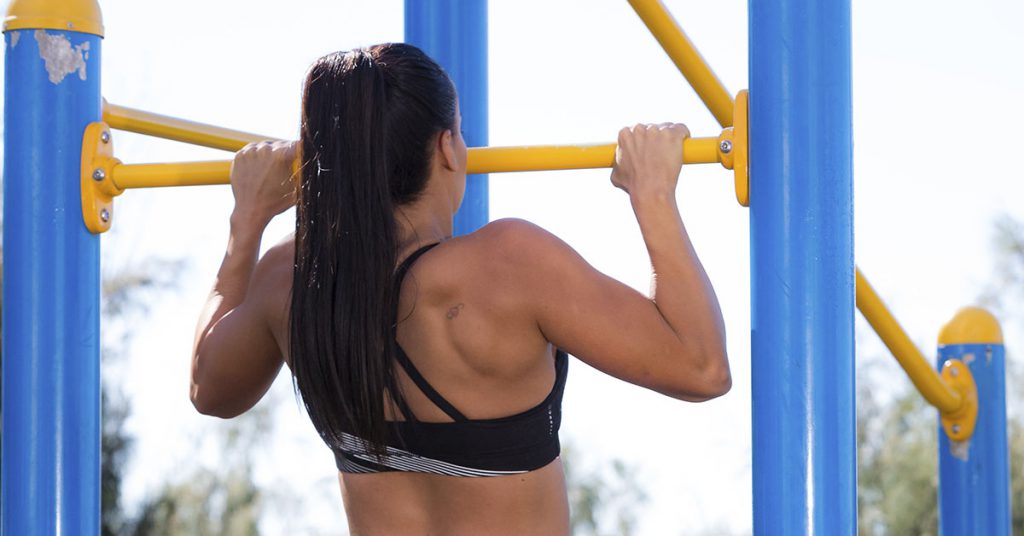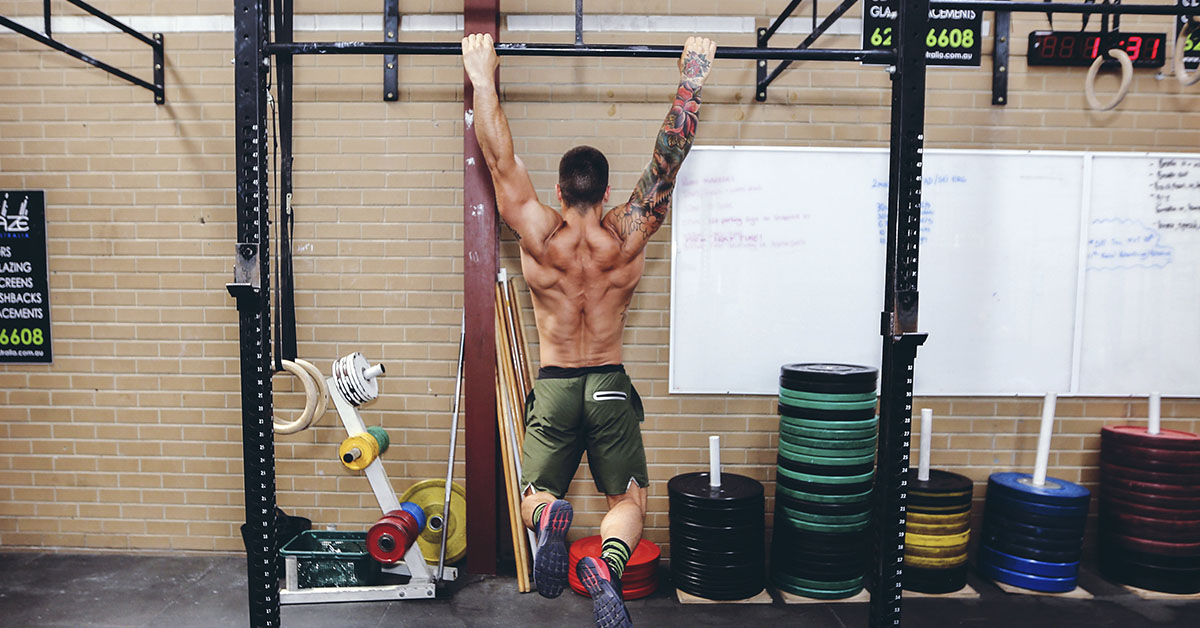Few exercises get as much targeted hatred as the kipping pull-up. Whether it’s bodybuilders who think it’s cheating or medical professionals who say it’s to blame for countless shoulder injuries, you can count on people from all fitness walks of life to speak up when kipping pull-ups come up in friendly conversation.
Here’s the truth.
Kipping pull-ups are not the same as strict pull-ups. They require upper body strength and control, but they do not tax the muscles of the upper body in the same way as strict pull-ups (more on this later).
Also, yes, kipping pull-ups can lead to injury — especially if the athletes doing them do not have the requisite muscle strength to control themselves throughout the movement. It’s definitely a good idea to have several sets of strict pull-ups under your belt before you start kipping.
But if you have the upper body strength and the overall strength and coordination to control yourself throughout the movement — and if you perform kipping pull-ups with proper form — the exercise should not risk causing injury any more than a properly executed deadlift or back squat. Once you have kipping pull-ups mastered, they can be used in your programming to do more than just challenge your strength.

Here are a few reasons kipping shouldn’t get so much hate.
1. Kipping Requires Full Body Control
At its purest form, the kip is made up of two fundamental core exercises we typically practice on the floor: the hollow rock and the superman. These exercises tax the whole body, from head to toe, in global extension (superman) and global flexion (hollow rock), and are the bedrock for solid movement throughout functional fitness — whether you’re doing burpees, handstand push-ups, or any of the Olympic lifts.
Have a soft core in any of your favorite movements and you can expect to crumble under the lightest of weight. Kipping builds this core strength. Add kipping to a pull-up and you add upper body strength and control to the list. The shoulders and back must be engaged throughout the entire movement, not just on the pull, so even on the way down, as athletes push away from the bar and lower back into the kip, the upper body is being controlled and challenged.
2. Kipping Pull-Ups Require Precise Timing
That’s why they are so hard. There’s a split second in the kip when the body is weightless — that’s when you’re supposed to pull yourself to the bar. Pull early or a millisecond late and the whole thing is broken; you’ll be caught straining against the momentum of your body rather than being helped up by it.
The ability to precisely time the pull in a kipping pull-up is similar to the timing needed to drop into the catch for the snatch or clean. Kipping pull-ups help develop that athletic rhythm.

3. Kipping Pull-Ups Challenge Cardiovascular Endurance
Once kipping pull-ups have been mastered, they can be used like any other compound movement — box jumps, burpees, Olympic lifts — to challenge and improve cardiovascular endurance. This changes the value of pull-ups within a WOD. They’re not purely a strength movement. They’re a power movement requiring intensity and that the whole body be dialed in from the moment the timer starts.
4. A Well-Executed Kip is a Thing of Beauty
Not that a strict pull-up isn’t — anyone who can pull their body weight up from a dead hang deserves applause. But a kipping pull-up of perfect form is a level up in terms of athleticism, due to the control and coordination it requires. A well-executed kipping pull-up should not look like a flopping fish or a child on the monkey bars. It’s an exercise of control. When control is maintained effortlessly, a kipping pull-up can take your breath away. At that point, if you’re still hating, it’s because you haven’t mastered it yet.














